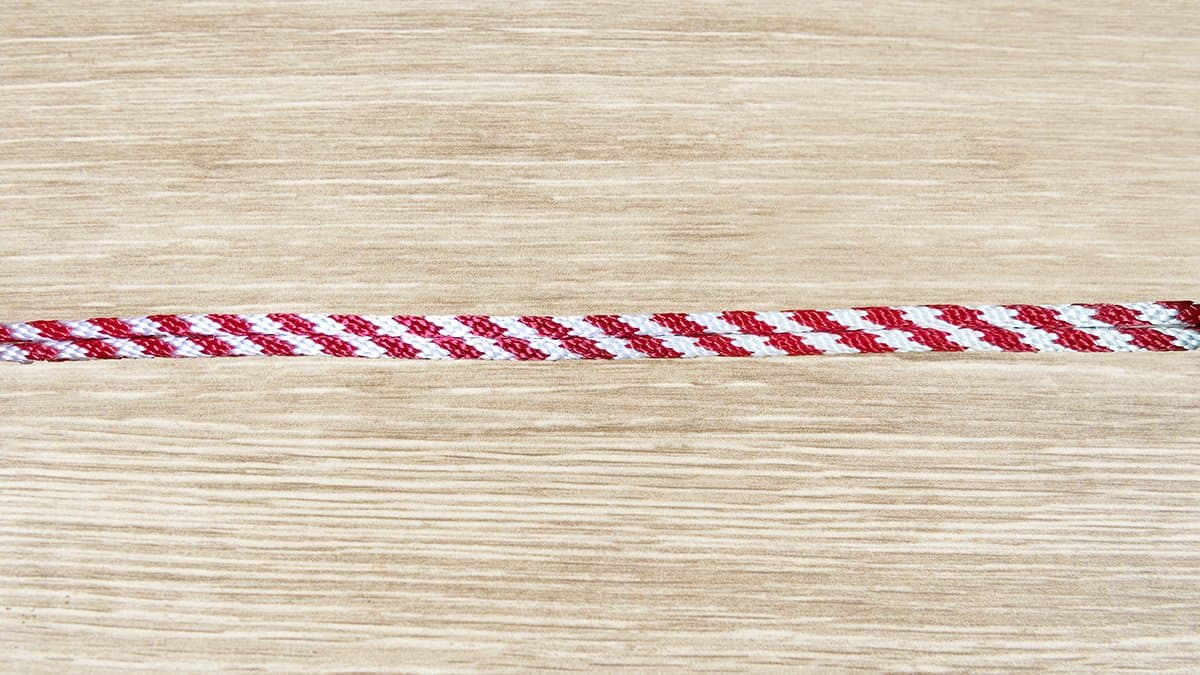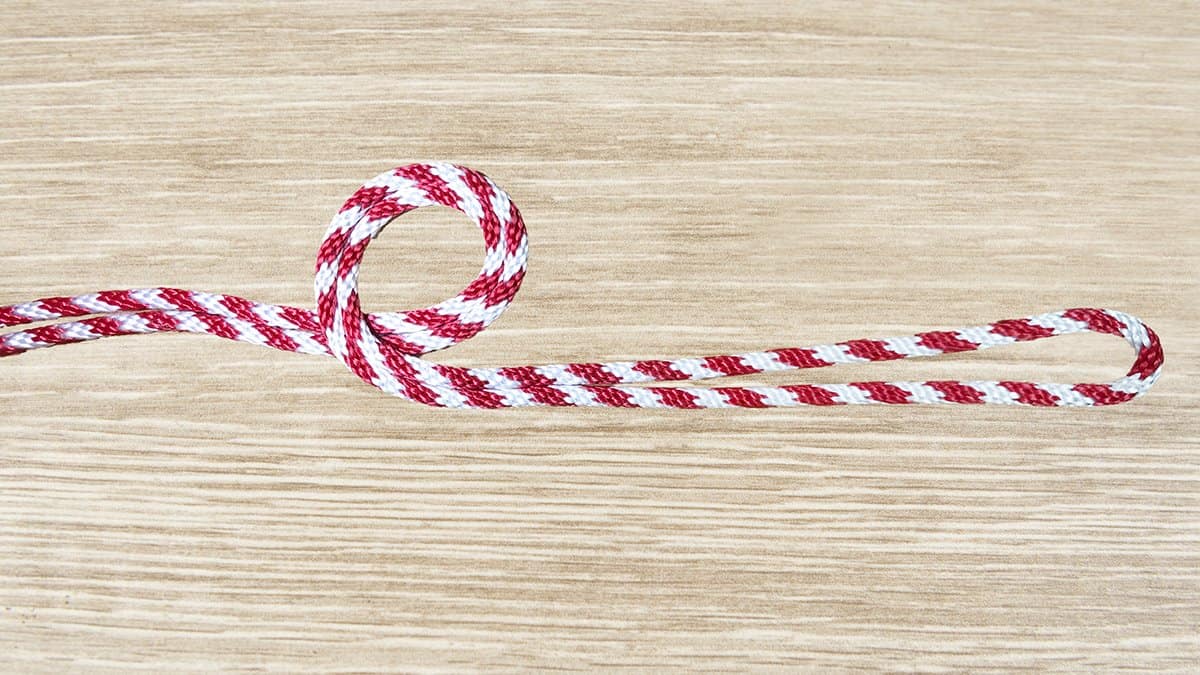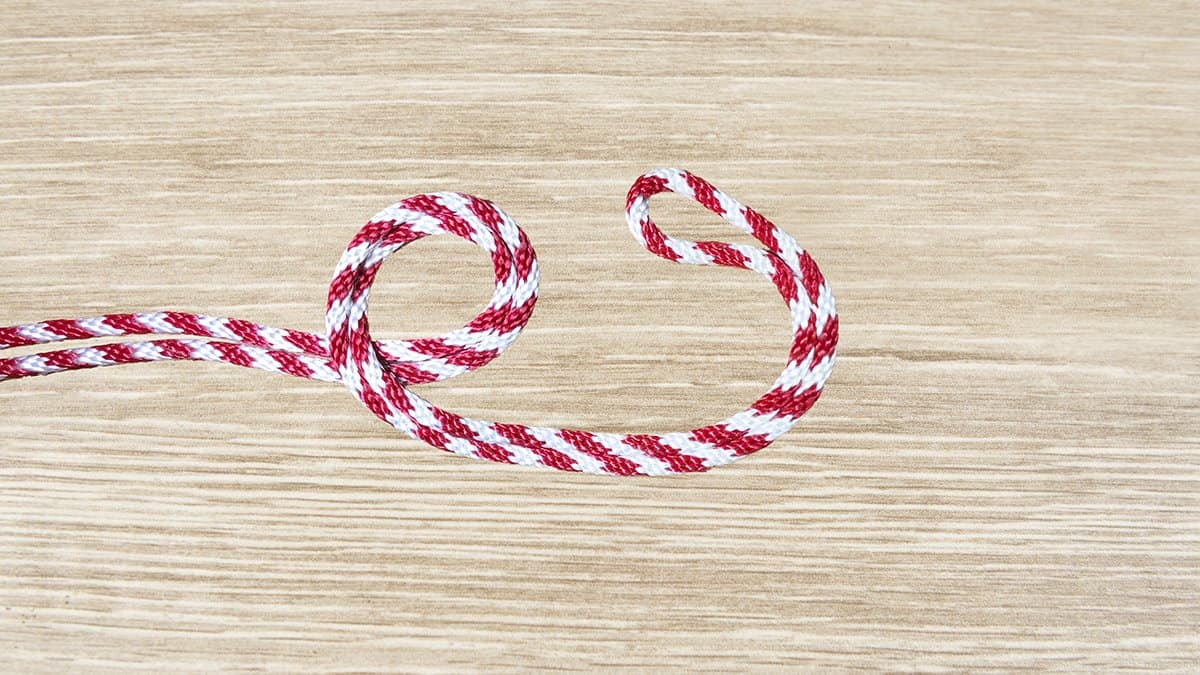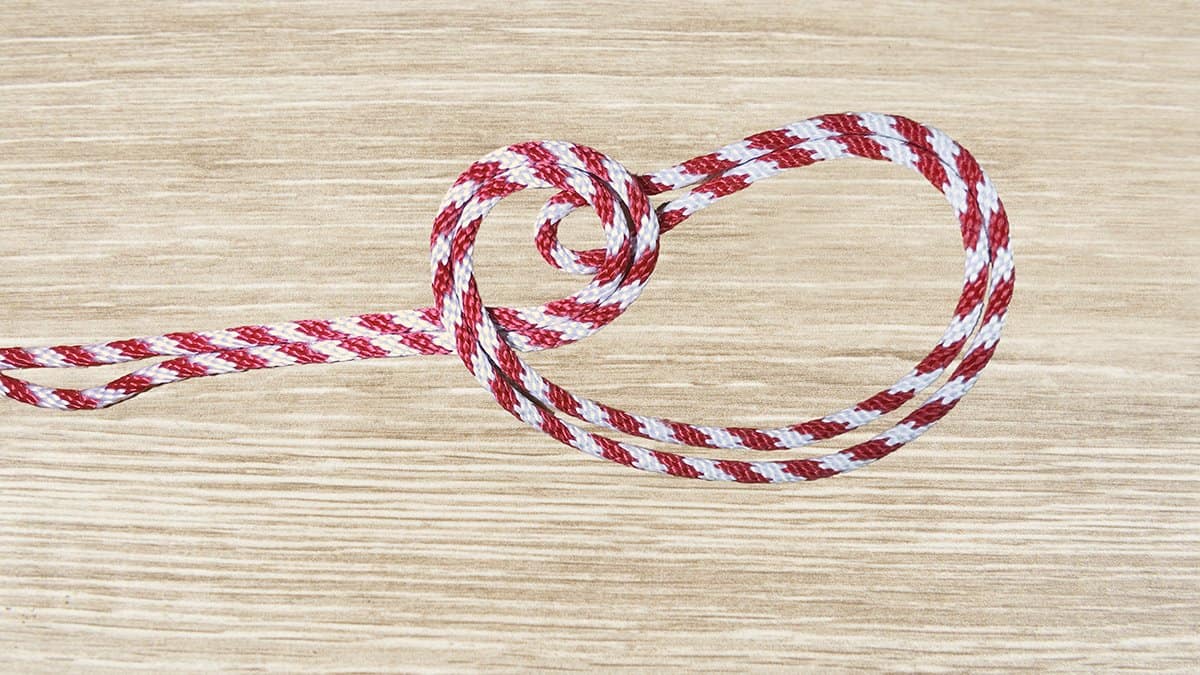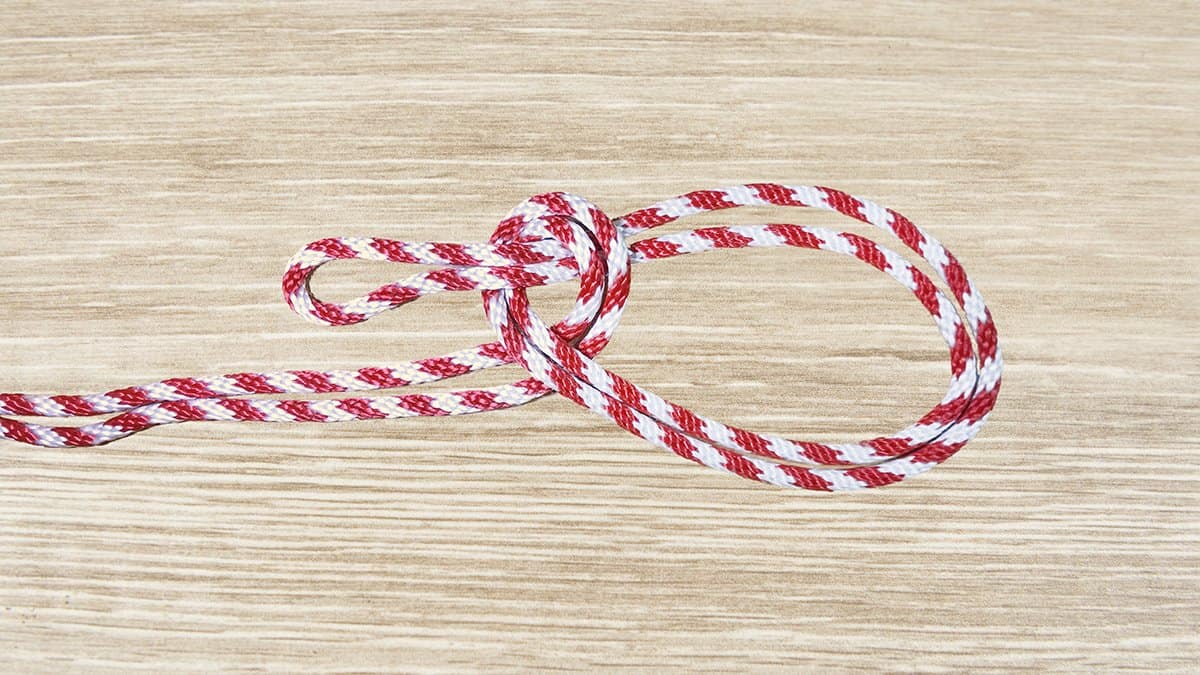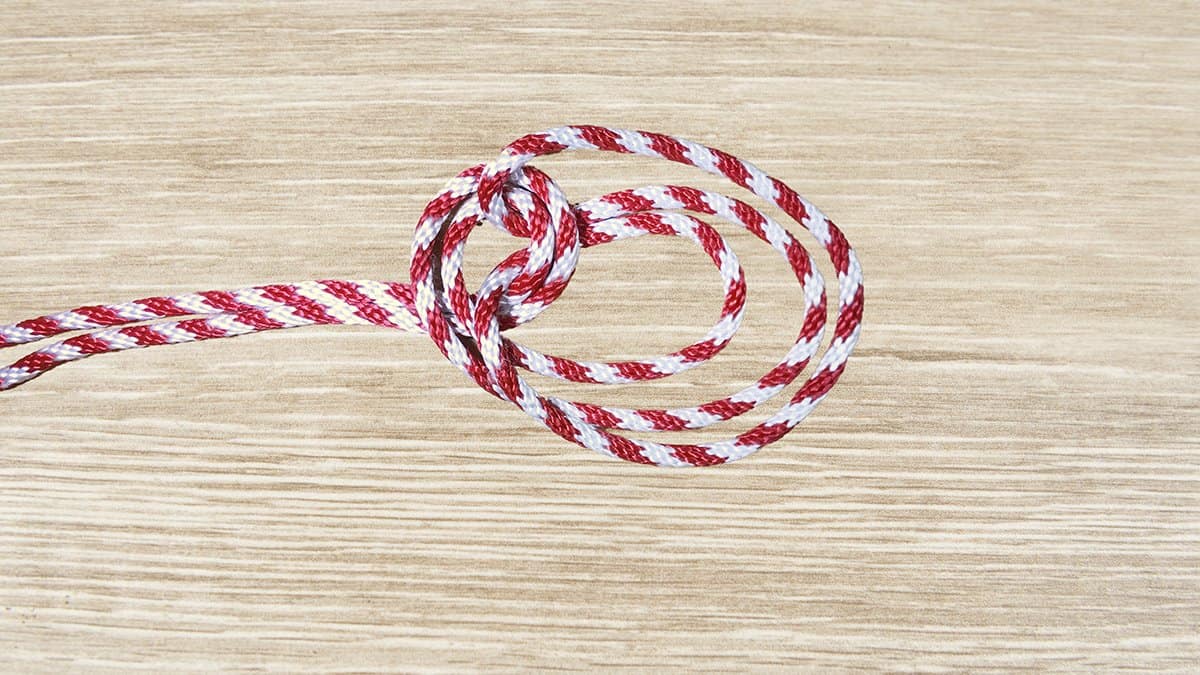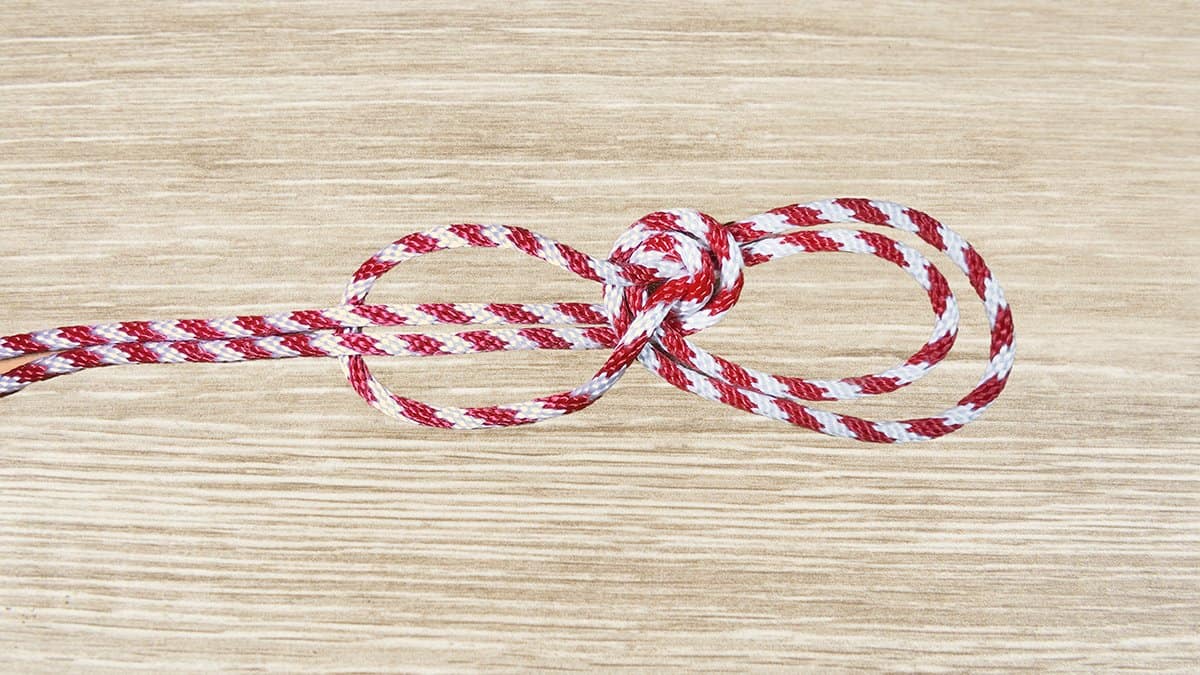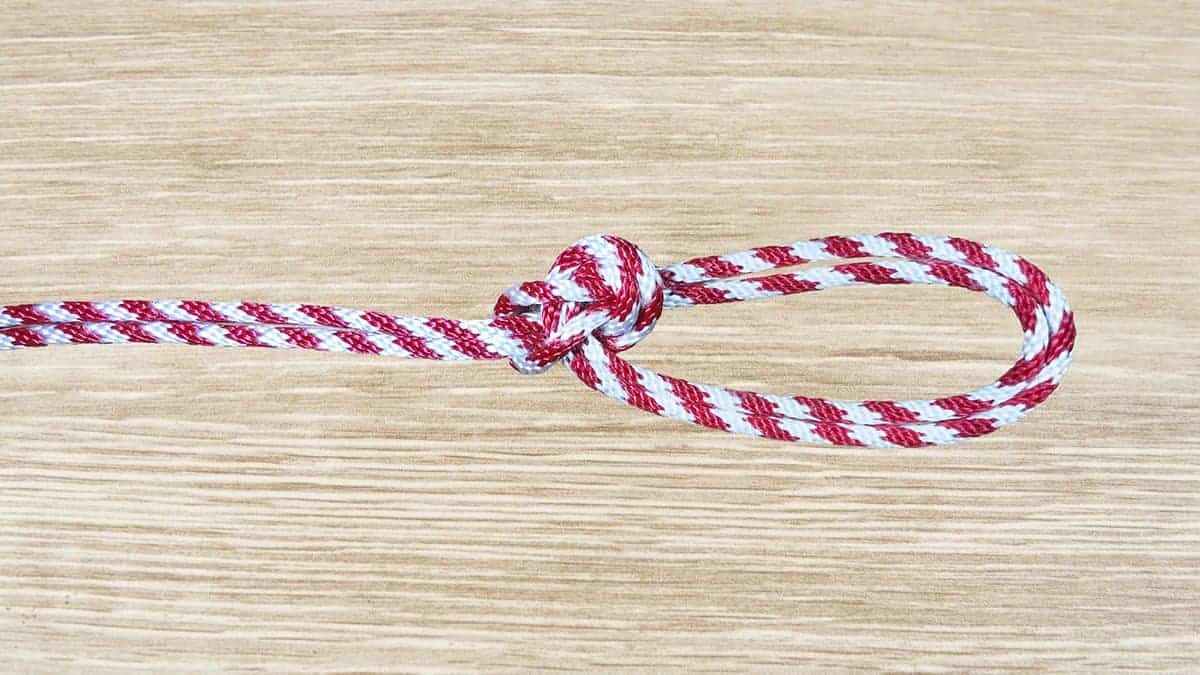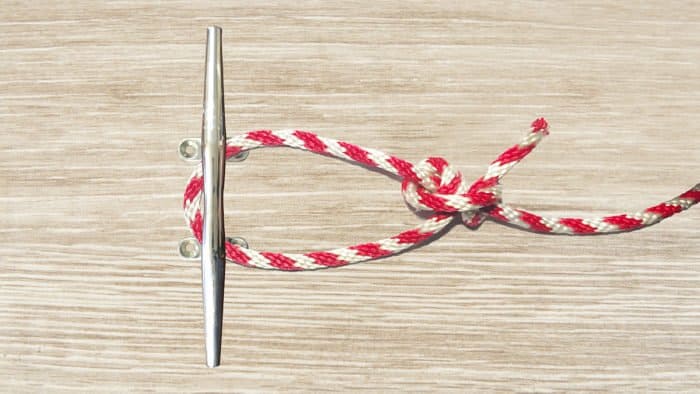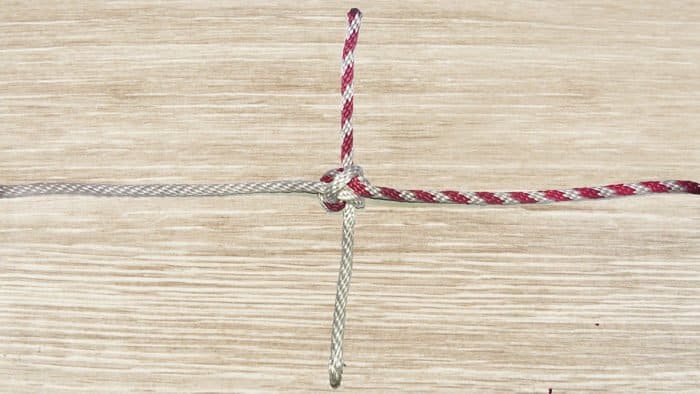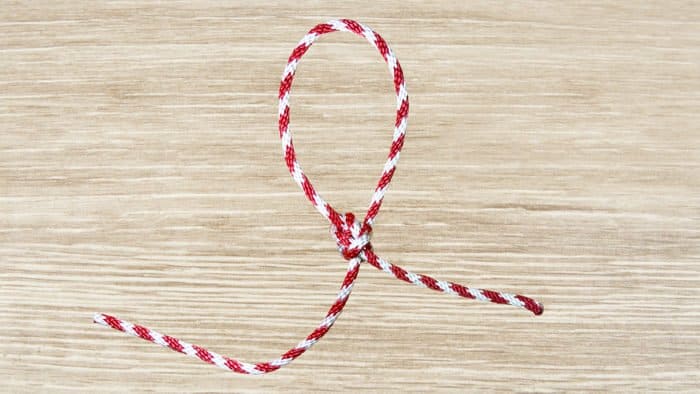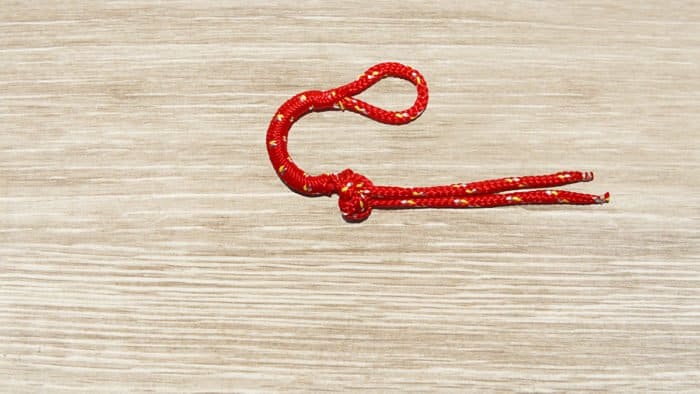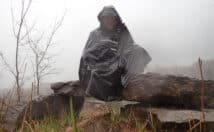How To Tie A Bowline On A Bight Knot
The Bowline On A Bight Knot can seem complicated at first but is fairly straightforward. It’s versatile and effective for boaters and everyday use, as well. Once tied, it creates loops on a length of rope which can handle a heavy load but is still easy to untie.
Like the regular Bowline Knot, this practical knot is one of the most popular knots to learn. It’s relatively easy to master, satisfying to execute, and incredibly useful.
Use for a Bowline On A Bight Knot
A Bowline On A Bight Knot can be used to create a Bosun’s Chair for emergency or rescue situations. A Bosun’s Chair is a makeshift safety harness that can be used to transport injured people or a makeshift safety harness for performing work at height.
This knot can also be used to create footholds or handholds to replace ladders and add leverage on pilings.
How To Tie A Bowline On A Bight Knot
The bowline on a bite is simple once you understand how to tie it, but it can be hard to explain and visualize when you first learn about it. You may need to take some practice to get the hang of it.
Step One: Double up a section of rope by bending it in the middle, and form a loop with it.
Step Two: Pass the working end of the rope through the loop. This should form a double loop.
Step Three: Open the working end of the rope into a large eye, and bring it over the double loop, enveloping it.
Step Four: Pass the open working end over to the top of the eye.
Step Five: Tighten the knot by pulling the double loop downwards whilst keeping a firm grip on the standing end.
Things To Consider
Before using this knot in the field, take some time to familiarize yourself with its uses, quirks, and alternatives. Here are a few things to keep in mind.
Warnings
Tests have shown that the Bowline On A Bight Knot can slip if it’s unevenly loaded. For the best results, if you’re putting stress on it, be sure to put equal stress on both loops. If you’re a climber, keep this in mind when fastening your carabiner through these knots.
Alternatives
Even though the Bowline On A Bight Knot rarely slips and won’t bind, it’s always best to consider using a strong backup knot with it if possible. Failing that, try using an alternative knot instead. Good alternatives include the Alpine Butterfly Loop and the Figure-Eight Loop. The Figure-Eight Loop is a variation of the classic Figure 8 Knot, which you can learn about here.
Categories: Nautical Knots
